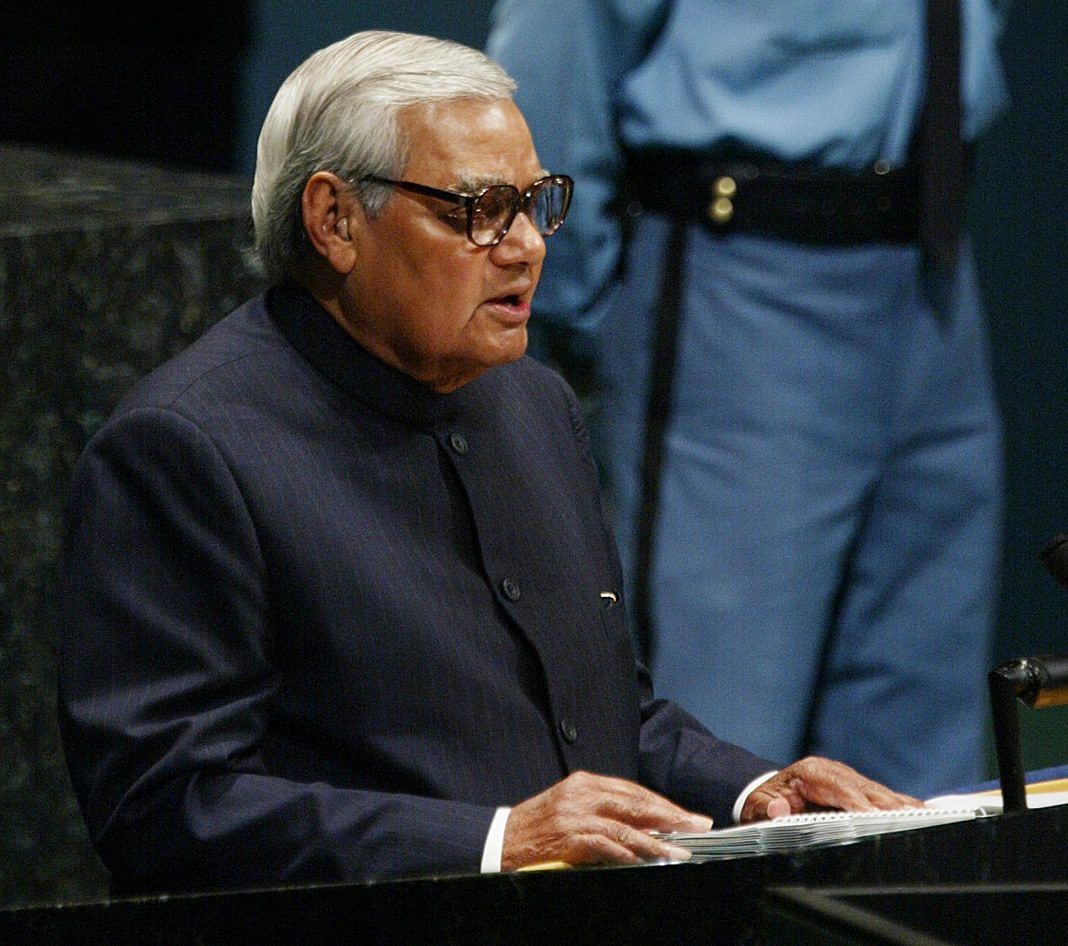
Former prime minister Atal Bihari Vajpayee, who passed away Thursday, ensured that the BJP’s ideology was compatible with Indian politics. A look at the important milestones in his chequered political career.
1942
A 17-year-old Vajpayee joins the Quit India Movement. He was born on 25 December, 1924, in Gwalior.
1957
Is elected to Parliament from Balrampur in Uttar Pradesh for the first time as a member of the Bharatiya Jana Sangh (BJS), the precursor to the BJP.
1968
Vajpayee is appointed president of the BJS.
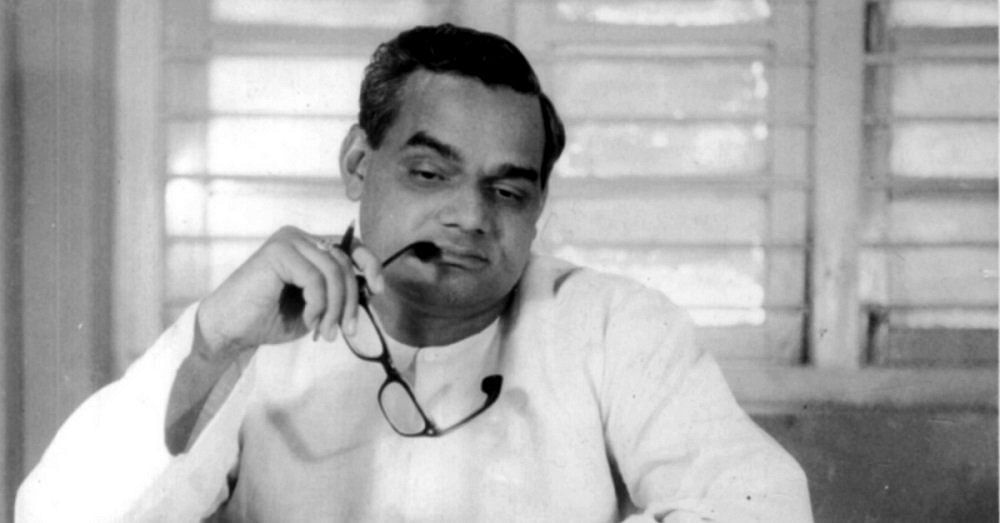
1977
In the aftermath of Emergency, the Janata Party (a coalition of BJS and three other parties) forms the government at the Centre, led by Morarji Desai. Vajpayee is appointed the Minister of Foreign Affairs.
1977
Vajpayee becomes the first person to deliver a speech in Hindi at the United Nations General Assembly.
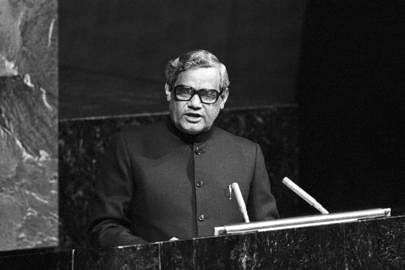
1979
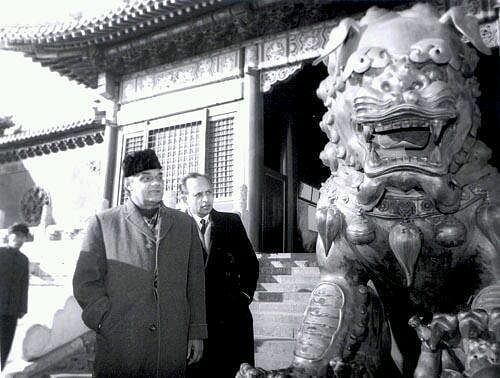
1980
Leaves the Jana Sangh and is appointed president of the newly-formed Bharatiya Janata Party (BJP).
1992
Vajpayee is awarded the Padma Vibhushan in the field of Public Affairs.
1992
After the Babri Masjid demolition, Vajpayee apologises for not being able to prevent it. “We tried to prevent it, but we could not succeed. We are sorry for that,” he said in an interview.
1994
Vajpayee is named the Best Parliamentarian for his overall contribution to the Indian Parliament.
1996
The BJP forms the government after winning the general elections; Vajpayee becomes the Prime Minister for the first time. He resigns after 13 days when he fails to prove his government’s majority.
1998
After a tumultuous two-year United Front government led by H.D. Deve Gowda and then I.K. Gujral, fresh elections take place. The BJP-led National Democratic Alliance (NDA) forms the government at the Centre; Vajpayee becomes the PM again.
May 1998
India, under Vajpayee’s leadership, conducts a series of successful nuclear tests in Pokhran, Rajasthan. The tests are termed Pokhran II; Pokhran I was conducted in 1974 under then PM Indira Gandhi.
February 1999
Vajpayee launches a bus service from Delhi to Lahore in an attempt to further peace talks and trade between India and Pakistan. He also signs the landmark Lahore Declaration.
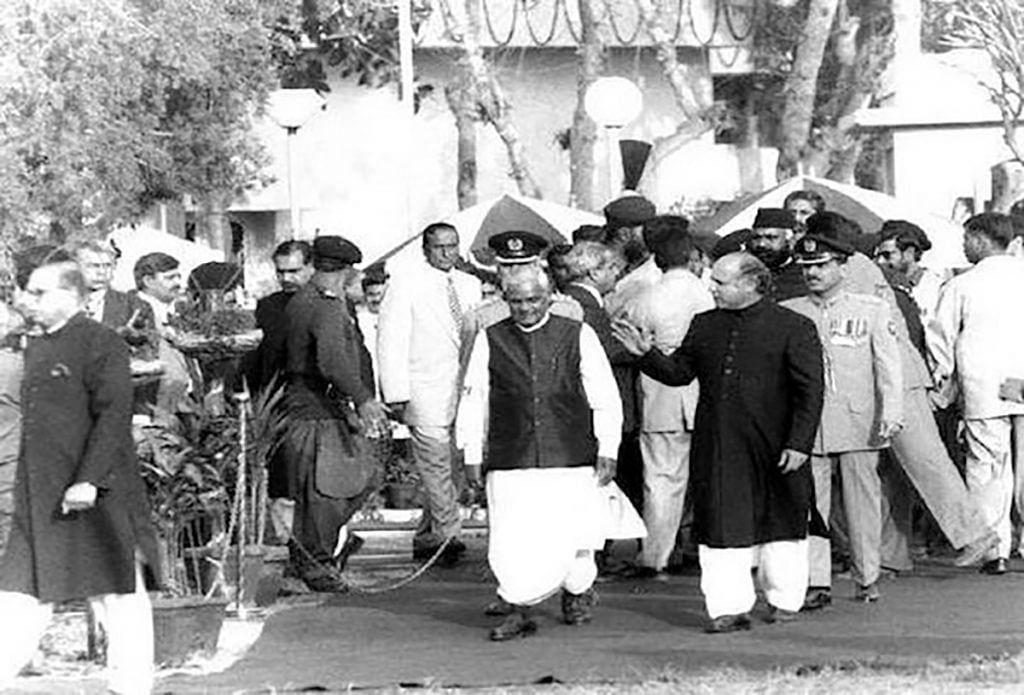
April 1999
Vajpayee government falls after losing a no-confidence motion by one vote.
June 1999
The Kargil war is fought with Vajpayee as the caretaker PM.
October, 1999
Vajpayee becomes the PM for the third time as BJP-led NDA wins 303 of the 543 Lok Sabha seats.
2001
Vajpayee announces his dream Golden Quadrilateral Project, which aims to connect the four metropolitan cities of Mumbai, Delhi, Kolkata and Chennai through a highway network.
2002
Vajpayee condemns the Gujarat riots, but is criticised for not doing enough to stop the violence.
2003
Vajpayee visits China and recognises Tibet as a part of it. As a result, China accepts Sikkim as a part of India.
2004
BJP loses the general elections. Vajpayee accepts moral responsibility for the loss.
2005
Vajpayee announces his retirement from politics.
2014
Vajpayee is awarded with India’s highest civilian honour, the Bharat Ratna. The Narendra Modi government declares that 25 December, his birthday, will be celebrated as ‘good governance day’.
16 August, 2018
Dies at the age of 93 after being treated for multiple medical problems at AIIMS for nine weeks

Former Prime Minister Atal Bihari Vajpayee, the first non-Congress prime minister to complete a full term in office, died in Delhi on Thursday after a prolonged illness, doctors said. He was 93.